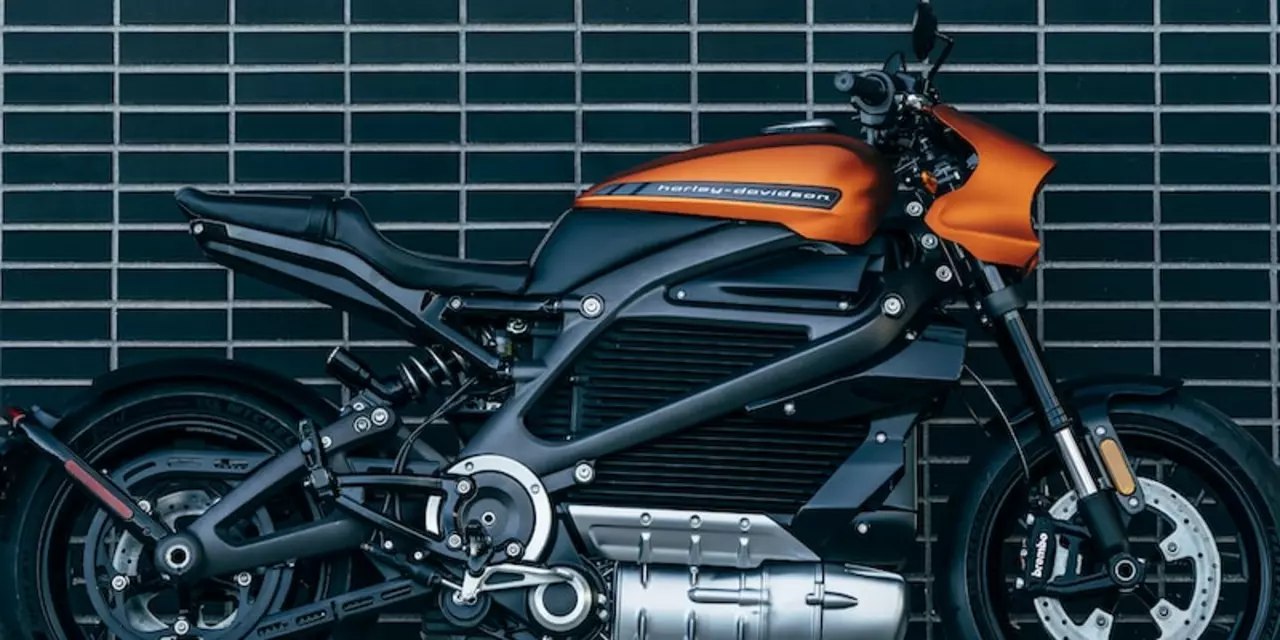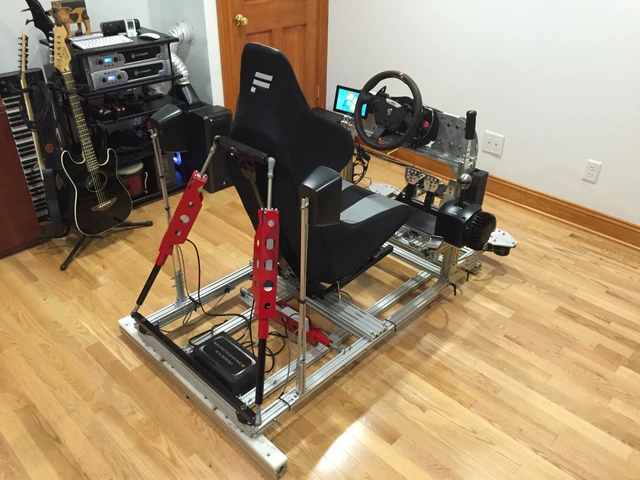Gear shifting is an integral part of motorcycle drag racing, and it is important for riders to understand the mechanics of this process in order to be successful. In this blog section, we will explore the different components of a gear shifter and how they work together to help riders achieve maximum performance.
The gear shifter is composed of several components. The most important part is the shift lever, which is used to move the chainring and sprocket. This lever is connected to a series of cams, which control the movement of the chainring and sprocket. When the lever is moved, the cams rotate, allowing the chainring and sprocket to move in relation to one another.
In addition to the shift lever, the gear shifter also has a clutch lever. This lever is used to disengage the clutch, allowing the rider to shift gears without the engine stalling. The clutch lever is connected to the clutch itself, which controls the speed of the engine. When the clutch is disengaged, the engine will slow down, allowing the rider to shift into a lower gear.
Finally, the gear shifter also has a tensioner, which is used to adjust the tension of the chain. This tensioner is important for maintaining the correct amount of tension on the chain, as too much tension can cause the chain to slip, resulting in a loss of power. Too little tension can also cause the chain to stretch, resulting in a decrease in performance.
Understanding the mechanics of gear shifting in motorcycle drag racing is essential for riders to achieve maximum performance. By understanding the components of the gear shifter, riders can make sure their bike is set up correctly and that they are using the proper technique to shift gears. With the right setup and technique, riders can maximize their performance and take their racing to the next level.
Motorcycle drag racing is an exciting sport that requires quick thinking and precise gear shifting technique. Knowing when and how to shift gears is critical to achieving maximum performance on the track. To help you optimize your gear shifting technique, we’ll discuss the basics of how a gear shifter works and some tips for improving your technique.
How Does a Gear Shifter Work?
A gear shifter is a type of lever used to select the desired gear ratio of a vehicle’s transmission. On a motorcycle, the shifter is typically located on the left side of the handlebars and is operated by the rider’s left foot. To shift up a gear, the rider must press down on the lever, while to shift down a gear, the rider must lift the lever. This action is known as “shifting gears” and is an essential part of motorcycle drag racing.
Tips for Optimizing Gear Shifting Technique
In order to optimize your gear shifting technique for maximum performance on the track, it’s important to practice and perfect your technique. Here are a few tips to help you get started:
- Always shift up a gear at the correct RPM. This will help you get the most power out of your bike.
- Shift up gears as quickly as possible. This will help you maintain momentum and minimize wheel spin.
- Shift down a gear before entering a corner. This will help you maintain control and reduce wheel slip.
- Practice, practice, practice. The more you practice, the better you’ll become at shifting gears quickly and accurately.
By following these tips, you’ll be well on your way to optimizing your gear shifting technique and achieving maximum performance on the track. Good luck!






Write a comment